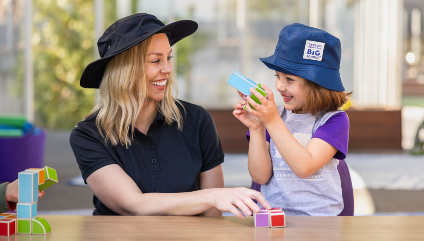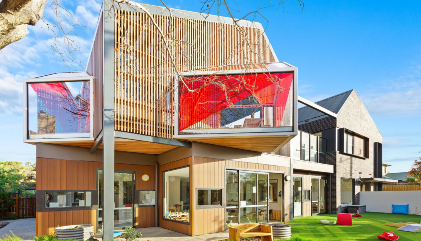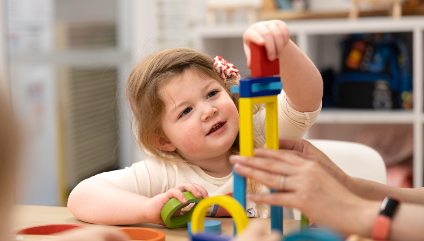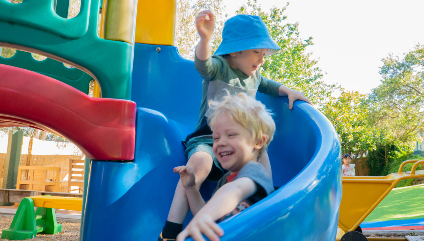
G8 Education – Leaders in Early Education and Care
G8 Education is one of Australia’s largest providers of quality early childhood education and care. With more than 400 early learning centres across 21 quality early learning brands, we play an important role in the lives of Australian families. With more than 10,000 team members, we’re united by our purpose, creating the foundations for learning for life.
Our early learning brands
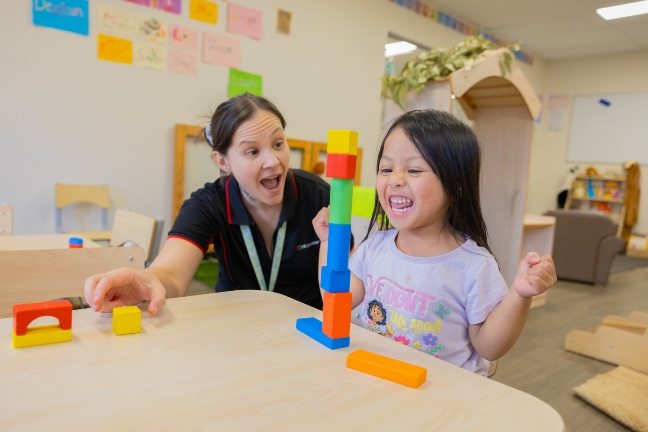
We’re all about growing wonderful
Our best-in-class Education Strategy supports children’s lifelong learning and development through innovative and evidence-based teaching methods while our learning environments are designed to engage and support children to discover, grow and learn. Our passionate and dedicated team members support and celebrate each child’s individual talents and strengths through meaningful interactions, experiences, and relationships, creating life-long positive impacts.
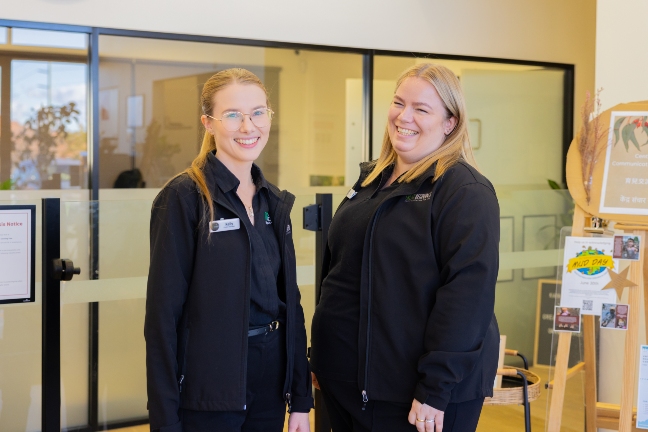
Passionate team dedicated to early education
G8 Education proudly owns and operates 400+ Early Learning, Kindergarten, and Preschool Centres throughout Australia, spanning across 21 brands. Regardless of the brand or location, we are one team of close to 10,000 passionate and supportive team members who are dedicated to a clear purpose, creating the foundations for learning for life.
G8 Education has the resources to reward your dedication with generous benefits and access to learning resources that will help you develop your skills and advance your career, in whichever direction you choose.
Latest news
View all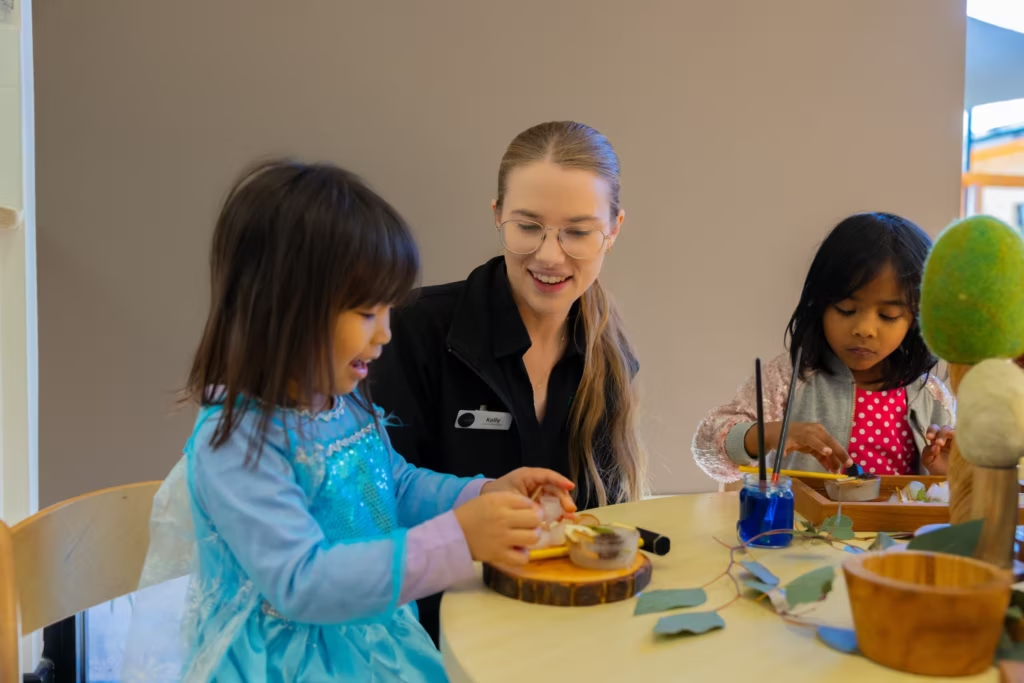
G8 Education welcomes Federal Government’s call for action on child safety
Response from G8 Education
G8 Education welcomes Federal Budget
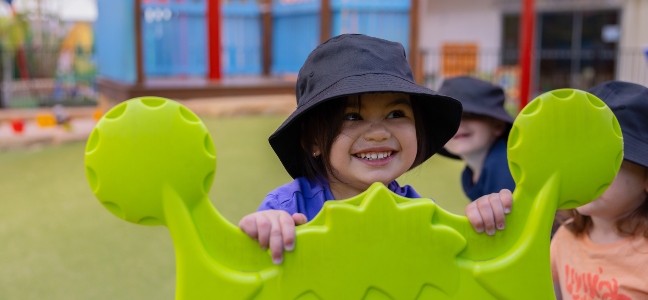
Contact us
Join G8 Education in creating the foundations of learning for life. Discover our network of centres, or get in touch today to support quality education and care across Australia.






















